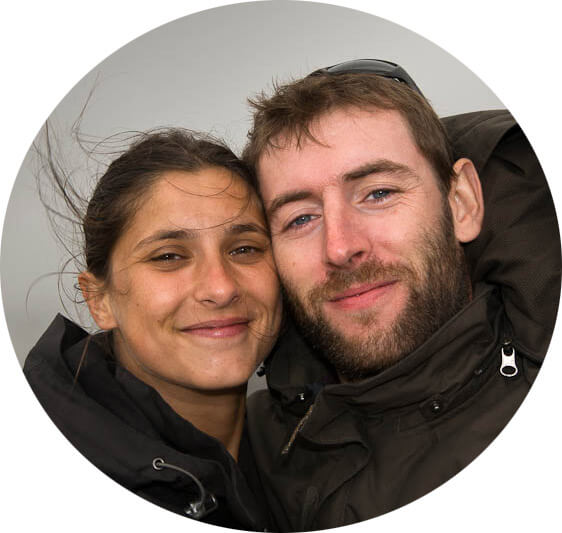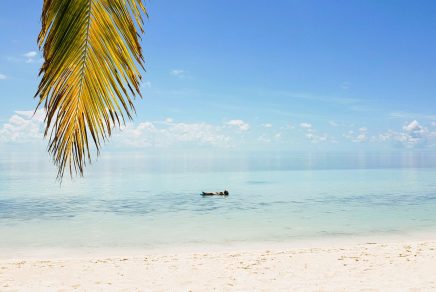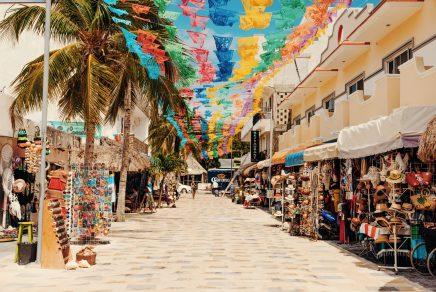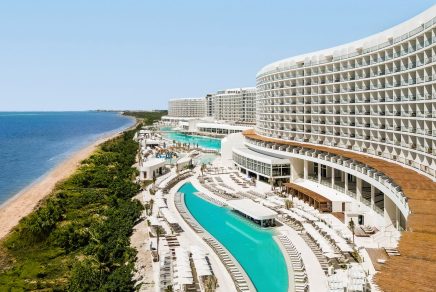Valladolid, designated as a Pueblo Mágico, is the perfect place to immerse yourself in the Mexican culture. With its colourful streets, main square and preserved colonial charm, this authentic town was a highlight of our trip. It’s also a must-visit destination for a day trip from the Riviera Maya or Playa del Carmen, offering easy access to major Mayan sites and a series of refreshing cenotes with crystal-clear waters. As you can tell, Valladolid is a crucial stop for any trip to Mexico—it won us over with its unique atmosphere and rich heritage.
Here’s our comprehensive guide to make the most of Valladolid’s cultural and natural treasures.
Planning a trip to Valladolid, Mexico
How to pronounce Valladolid?
Valladolid is pronounced vah-yah-doh-LEED. You’re welcome.
How far is Valladolid from the beach?
The Mexican town’s main square is approximately a two-hour drive from Valladolid to the nearest beach on the Yucatán coast. You’ll be better off bathing in the cenotes than trying to get some beach time!
How many days do you need in Valladolid?
You typically need one to two days to explore Valladolid.
Where is Valladolid and how to get there from Cancun?
Valladolid sits 157 kilometers west of Cancun. There are several options to get there:
- The ADO bus service runs hourly from downtown Cancun, with tickets ranging from 200 to 600 pesos for a comfortable 2.5-hour journey.
- For independent explorers, driving offers flexibility via Highway 180D, taking approximately 2 hours.
- The newly opened Mayan Train that circles the Yucatán peninsula now connects both cities in just over an hour, making it the fastest and best way to get there.
Stroll through Valladolid’s colonial centre – an icon of Yucatán
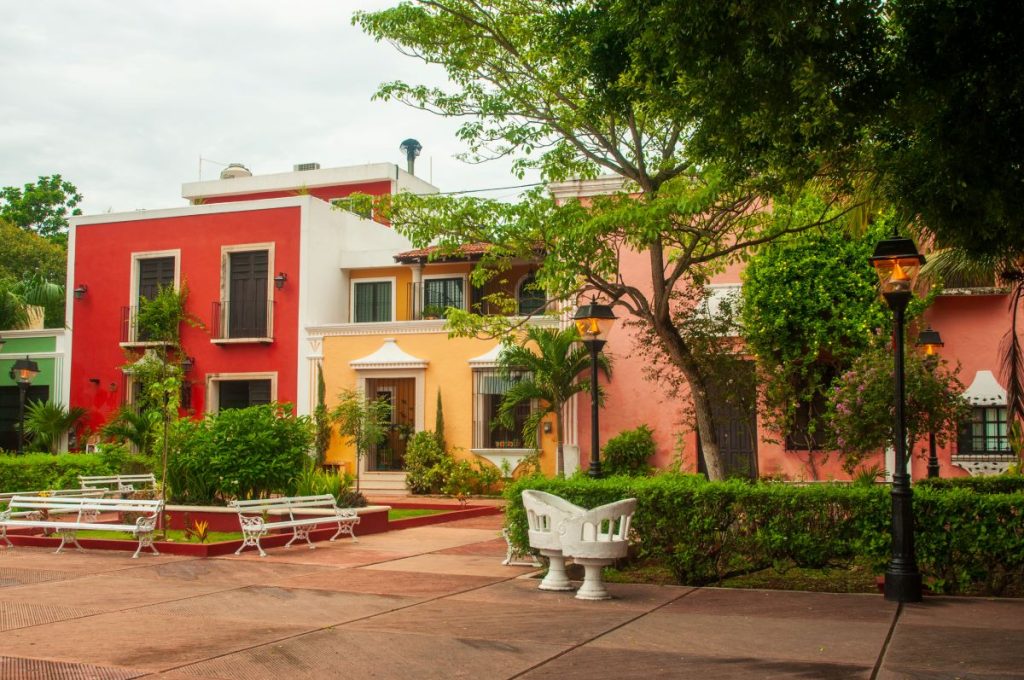
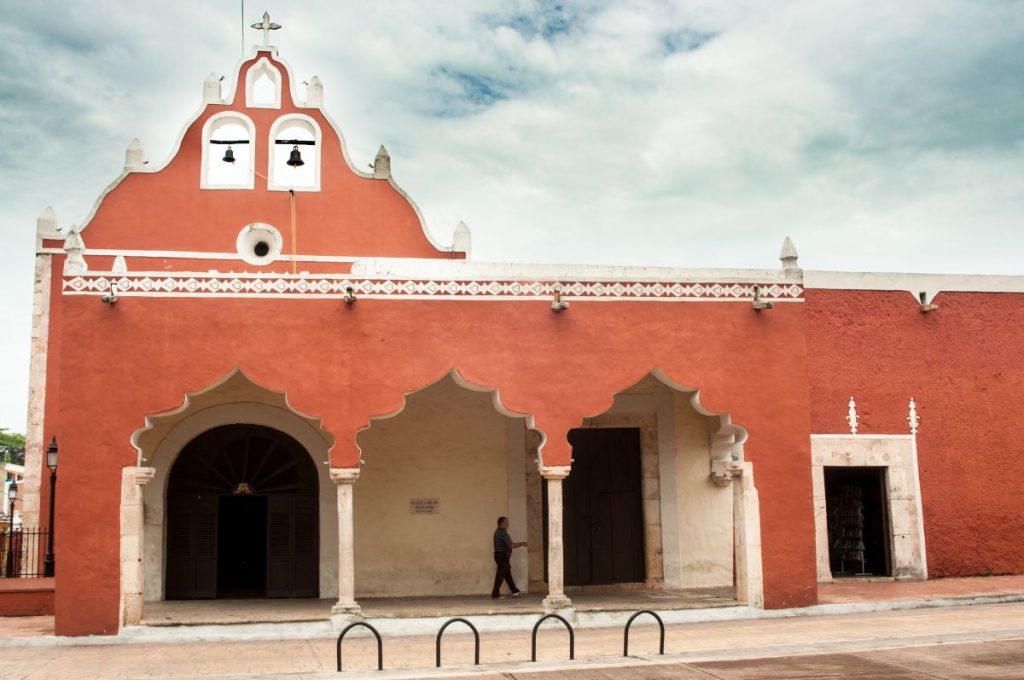
It all starts in the main square of Valladolid, the beating heart of Mexican culture in the Yucatán Peninsula. Francisco Canton Rosado Park, with its shady trees, invites you to take a break on one of the white benches or intimate chairs for a private chat. Overlooking the park are the twin towers of the 16th-century San Servacio Cathedral, a reminder of the city’s rich history, built on the remains of an ancient Mayan pyramid. A few historical artefacts still tell the story of this fascinating past, although the cathedral’s façade has changed over the centuries.
During the day the park is bustling with street vendors and at night it becomes the centre of local festivities such as the carnival. From this square, the tour of Valladolid continues through streets lined with lively colonial houses, especially along Calzada de los Frailes, where colonial architecture is at its best.
Visit the Convento de San Bernardino
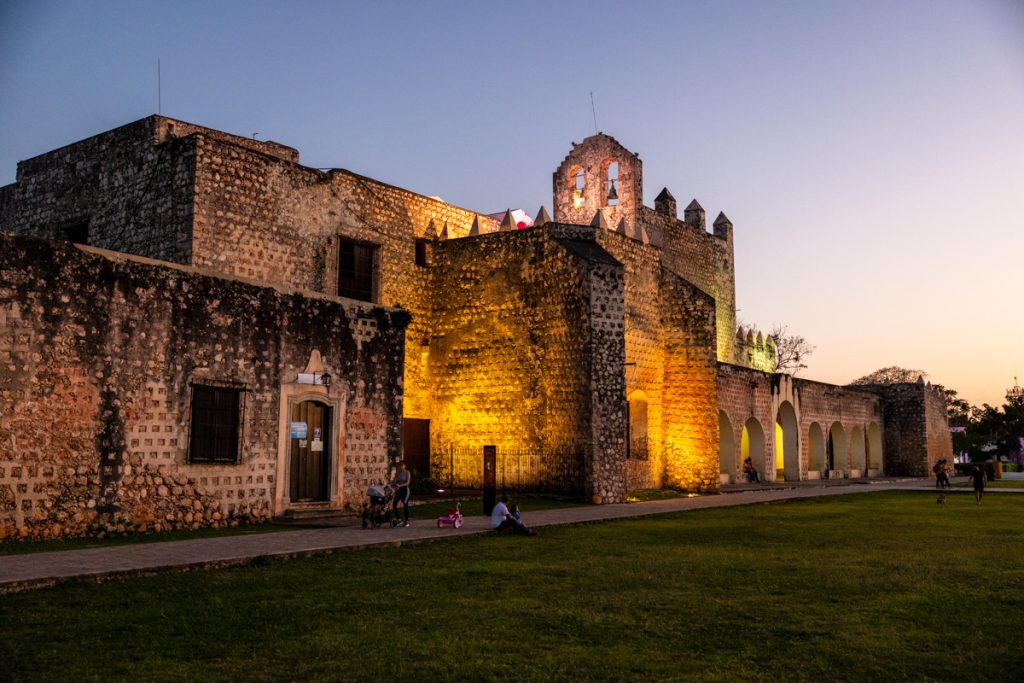
One kilometre from the town centre, at the end of the Calzada de los Frailes, is the Monastery of San Bernardino de Siena. This historic site deserves a visit of its own and a whole half-day, as it’s one of the largest and most beautiful monasteries in Yucatán.
Built in the 16th century by the Franciscan order, its colonial architecture is remarkable. Even before you enter, you are struck by its impressive size. The site is open to the public and includes several parts of the convent (church, chapel, gardens, living quarters…). Inside, you’ll learn about the history of the place and the evangelisation of the Mayan people. We appreciated the tranquillity of the patios, surrounded by arches in warm colours. The weathered paintings are a work of art in themselves, including the recently uncovered 16th-century frescoes.
The sisal park in front of the convent is a great place to admire the whole building, especially at night when there is a light show.
Why is Valladolid famous? The many cenotes near the city centre!
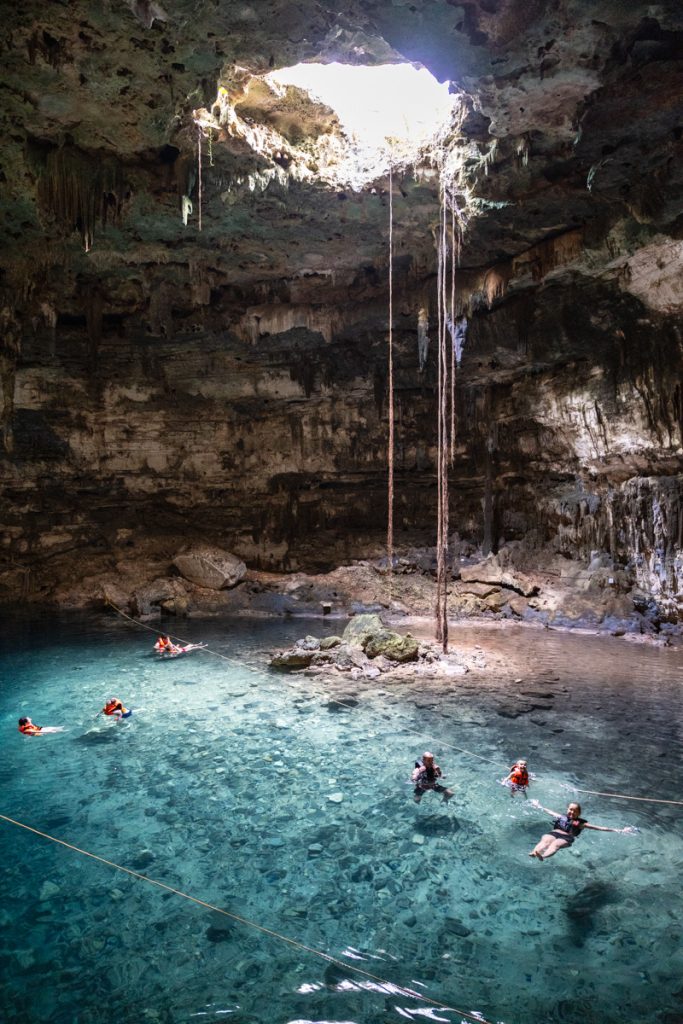
One of the surprising features of Valladolid is the presence of cenotes in the heart of the city.These natural geological formations, typical of the Yucatán Peninsula, are created by the erosion of limestone soil, revealing underground rivers and caves.The area is teeming with these natural underground saline cave pools of various sizes – among the cenotes of Valladolid, some stand out:
- Zaci Cenote, in downtown Valladolid, is surrounded by rocky walls and offers the perfect setting for a swim under a natural skylight, alongside local families who enjoy this affordable refreshing break.
- The Ik Kil and Saamal cenotes have perfectly circular openings and lush vegetation.
- The Dzitnup Cenotes (Xkeken and Samula) are a set of two cenotes that are fascinating in their diversity.The beam of light that emanates from the entrance at the top of the dome in Samula Cenote is magical.
- For fans of open cenotes, we also loved Xcanche. It’s a must see, with vines cascading down the walls in a wild and enchanting setting.
Is Valladolid, Mexico worth visiting? Absolutely, if only to visit Chichen Itza!
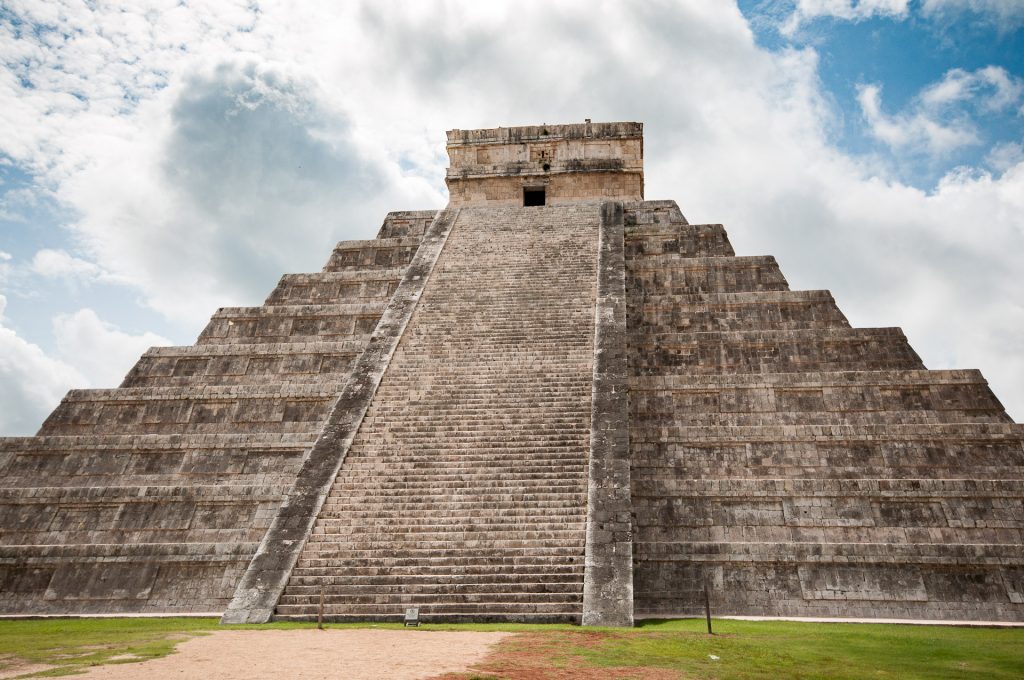
As mentioned above, Valladolid is the perfect base for visiting the Mayan city of Chichen Itza in Mexico.
This historic site is one of the New Seven Wonders of the World, designated by UNESCO.Here you can discover incredible Mayan architecture and its development since the 8th century. The different populations that have lived here have left traces of their unique styles. As you visit the different buildings, you can clearly distinguish the Toltec and Puuc features.
Chichen Itza is a site with many ruins to explore, so it would be a shame to rush and focus only on the iconic sites such as the El Castillo pyramid.The smaller structures are just as interesting for their detailed decorations and sculptures.
Particularly noteworthy are the Ball Court, with its explicit bas-reliefs, and the Platform of Skulls, which lives up to its name. Don’t miss the El Caracol Observatory, whose stone dome contrasts with the sharp lines of the pyramids. It’s a testament to the Maya’s expertise in astronomy. Evidence of this science is abundant throughout the site. We were surprised to learn that the Great Pyramid was designed as a giant Mayan calendar. From the number of steps (365, like the days of the year) to the terraces, nothing was left to chance. Even more amazing, during the equinoxes, the shadow of the sun creates the illusion that the body of a snake carved into the base is elongated.
Plan a day trip to the Mayan city of Ek Balam
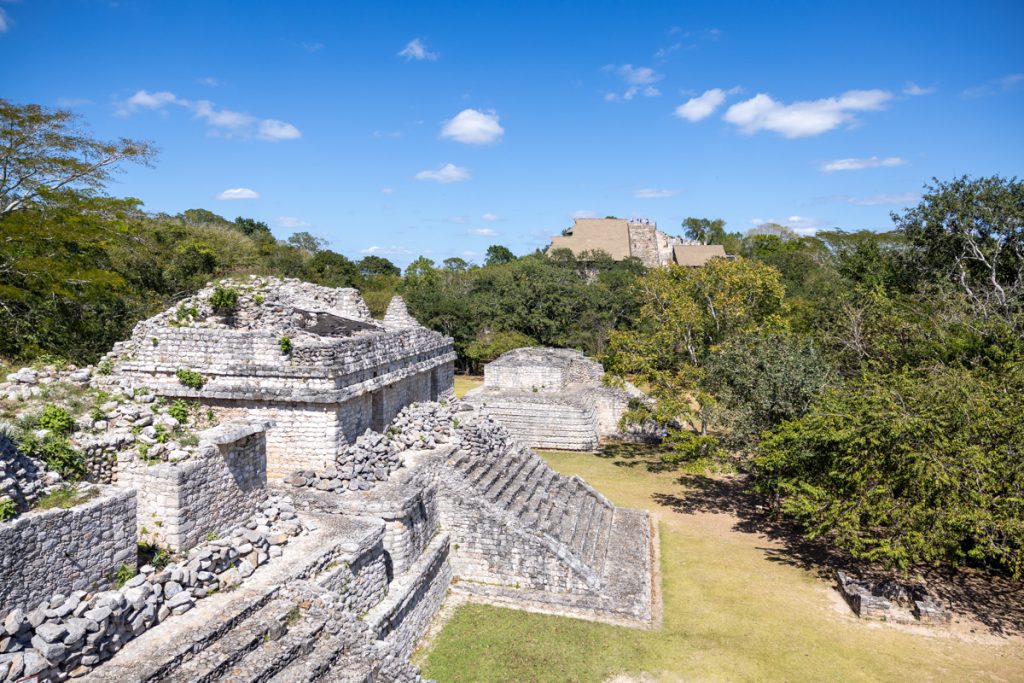
Just a few kilometres from Valladolid (about a 30-minute drive north) lies the fascinating archaeological site of Ek Balam, a lesser known and less visited Mayan city in Mexico, but just as fascinating.
Although more modest than its famous neighbour Chichen Itza, Ek Balam charmed us for several reasons.
- The first is its authenticity.More off the beaten tourist track, it has retained its character without being spoiled by modern developments or souvenir stalls.
- Secondly, you can still climb to the top of the structures. From the 31 metre high Acropolis, the main building, you have a breathtaking view of the surrounding forest, which places Ek Balam firmly in its natural environment.
- Finally, the decorations on the temple facades are very well preserved and incredibly detailed. It’s a pleasure to admire every nuance away from the crowds.
All photo credits : Laura Le Guen

